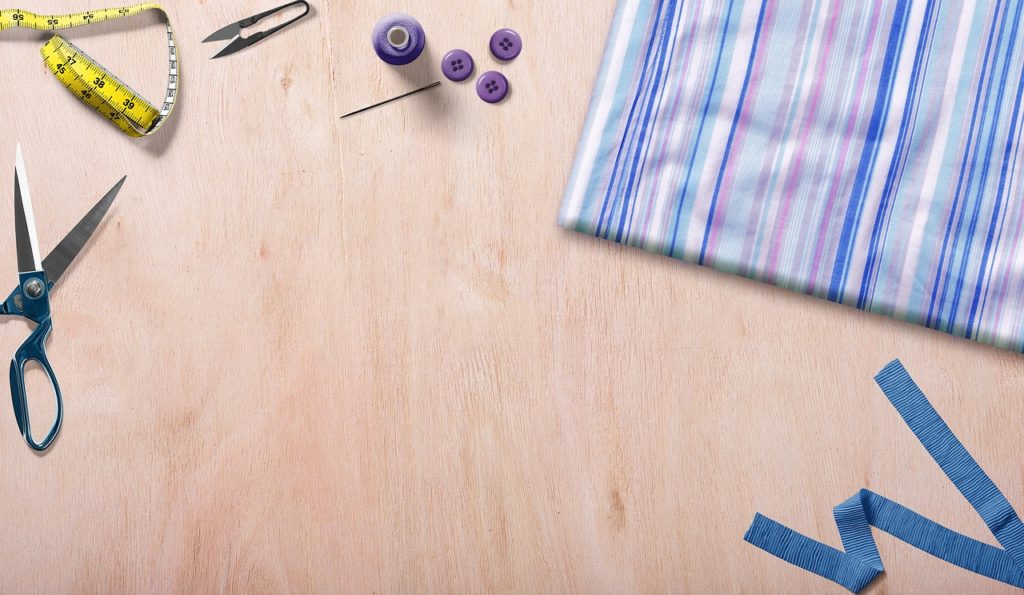Since the start of the global health crisis last year, many of us have been engrossed in various online trends that dominated social media. From making dalgona coffee to roller skating, we have been riding on these trends to try to ease the anxiety from the uncertainty of the COVID-19 pandemic. Apart from these trends, influencers on TikTok have also been making certain fashion trends more popular. Among tie-dye shirts and retro sunglasses, crop tops seem to be the constant trend these days.
Fashion always churns out various fads every season. Nowadays, many fashion trends are all cut from the same cloth if reviewed through the lens of the history of fashion. In this case, it seems almost impossible to have fashion regrets over time, given that fashion comes in cycles.
As you try to find your style this season according to the latest TikTok trends, you could start looking up the origin of your outfit to give you more fashion inspiration. Put together spotlight-worthy OOTDs every day, even when you are just staying at home. Designer hair shears used in salons can be used to style up your hair to match your trendy ‘fits.
History of The Crop Top
Looking back at the history of fashion can be beneficial to your fashion journey and style. As with any field of interest, learning the origin of an item can greatly expand your perspective on the object itself and its context and role in society.
Meanwhile, contrary to popular belief, the crop top did not begin as women’s wear. It may come as a surprise, but it began as clothing for men. The crop top existed in the 1970s when bodybuilders made their own crop tops to get around gym dress codes. In recent times, men’s fashion continues to break boundaries by pursuing the use of crop tops.

Despite this idea of the 1970s origin of the crop top, there is history that says the crop top started in the 1960s. This was when models and actresses started knotting their blouses to create a midriff in a relaxed Bohemian style. The origin of the crop top may be up for debate. Nevertheless, its iconic silhouette still stands in modern fashion. Today, the midriff remains a fashion trend or, perhaps, a fashion staple in many wardrobes.
Fashion comes in cycles, and it simply innovates from its predecessors. Although society might have varying views on the fashion industry, it continues to adapt to the changes of the modern lifestyle.
Fashion and Modern Society
In the coming years, fashion is believed to change tremendously. As it adapts to the current business landscape and the ever-changing preferences of the market, the fashion industry remains flexible to its followers.
Here are some ways that the fashion industry will change in the next few years.
The fashion industry will become data-driven. Instead of having consumers rely on what the fashion industry churns out every season, designers and brands will not use data to inform their decisions of customer preferences, shopping behavior, and needs. Doing so will allow brands to create pieces that are more suitable to the tastes of the consumers, leading to more sales.
Sustainability has been a major buzzword in the fashion industry in recent years. Since the fashion industry has been one of the leading causes of climate change and supporter of unsustainable production methods, these practices have since backfired in some brands wherein consumers have started boycotting certain companies. To avoid this issue of fast fashion and slowly contribute to the betterment of the environment and the working conditions of the clothing manufacturers, brands will soon take steps towards more sustainable production methods.
The COVID-19 pandemic has prompted many companies to create a major shift to digital means. The fashion industry is no exception in adopting this new business strategy. E-commerce has become a booming industry, especially in the past year. Due to this digital shift, brands and designers will have to adapt to the changing fashion landscape. Given that consumers will be limited to viewing clothing pieces online, the fashion industry will have to adjust to the limited services that they can offer to their consumers.
Given these insights, it is evident that the fashion industry is a continuously evolving industry that always tries to adapt to changing times. Like the history of the crop top, leading fashion professionals always aim for innovation and development in the realm of fashion to provide what their consumers need and want in a given context.
Fashion is cyclical in nature, but the industry knows how to learn from its predecessors’ experiences. Much like in any field, it is good to know the origin of your current object of interest to enrich your experience. TikTok fashion trends have their own predecessors in the history of fashion, and by learning about them, you could create more original looks that might even make you viral.

